Turning trash into treasure is a worthy pursuit, by any measure. But “aspirational recycling” is hardly worth its weight in expanded polystyrene foam. More on that later.
First, on this Earth Day, we want to tell you more about the environmental stewardship we take so seriously here at St. Vincent de Paul Society of Lane County (SVdP) — a commitment backed up by our recent designation as a 1% for the Planet Environmental Partner.
We know more than a thing or two about sustainability and recycling at SVdP. We have grown many successful enterprises by capitalizing on creative ways to tap society’s overflowing waste streams for revenue production. We even help teach other nonprofits across the country how to do just that through our mentorship arm, Cascade Alliance.
We are the oldest and largest mattress recycler in the United States, with three facilities in California and one in our hometown of Eugene, Ore., that collectively keep about 33,000 mattresses and box springs from reaching landfills every month. SVdP pioneered this industry by establishing DR3 Recycling, the nation’s first commercially viable mattress recycler, which outputs valuable commodities including cotton, foam, wood and steel. We are approaching 5 million mattresses recycled since 2000; that’s enough to extend across the continent and back if laid end to end!
We are also the Lane County area’s only recycler of expanded polystyrene (EPS, what most think of as Styrofoam). We collect, shred and compress clean white blocks of the common packaging material into dense, easily transportable bricks. We then sell those to a variety of companies for manufacturing new products. Spread out all of the lightweight blocks we process in a year, and they would cover the football field at the University of. Oregon’s Autzen Stadium to a depth of 6 feet — with the resulting condensed bricks weighing as much as two average-sized humpback whales (more than 60 tons in fiscal year 2021)!
What’s more, we conduct ongoing recycling, sorting and distribution efforts around books, electronics, appliances, and fabric from worn clothing. And our retail operation, including 13 St. Vinnie’s thrift store/donation center locations and a used-car lot, promotes environmental stewardship on a large scale by providing the public with accessible avenues for both landfill diversion and the extension of product lifespan through reuse.
All told, we net about 100 tons of material daily from the assorted waste streams of modern society. For us, the treasure in all of this is not simply the usable/reusable material we are able to capture. The real riches of this model of “social entrepreneurship” we practice are the quality jobs created across our organization and the revenue generated to fund our core human-service programs, from homelessness and emergency services to affordable housing for low-income families.
Not just aspirational recycling
We don’t bring all of this up only to tout how we do things at SVdP. But recycling is only the right thing to do if you do it right, then steward the process the whole way through so you can confirm and measure the benefits.
“Aspirational recycling,” meanwhile, is the idea that even if you don’t know whether something is recyclable, you can throw it in a bin and trust that someone will sort it all out at a materials-recovery facility somewhere down the line.
The problem with this single-stream recycling mindset, which gained widespread hold in this country over the past couple of decades, is that it couldn’t all be sorted out. The system largely collapsed as a result, when recyclers in China and elsewhere finally stopped accepting our shipments of cross-contaminated materials that couldn’t reasonably be separated for recycling.
The U.S. industry is slowly readjusting with greater domestic recycling capacity, which we’ve seen as municipalities again begin to accept certain plastics along with cardboard, metal and glass in bins for curbside pickup.
As big a deal as mattress recycling is to us at SVdP — and we are excited for it to grow in scale when Oregon’s new mattress-stewardship bill takes effect in 2024 — plastics recycling is a very big deal for all of our futures. Big, bulky mattresses and box springs make up only about 1 percent of U.S. waste streams by volume, while largely nonbiodegradable plastics account for a staggering 13 percent, according to the EPA.
So we all need to focus on ways to divert plastics from the waste stream and encourage the development of that domestic recycling market. And that will require knowledge and stewardship of us all.
For starters, instead of throwing whatever we think might be recyclable into a bin, we as consumers must all commit to being educated enough that we can identify what can be recycled and screen out what we don’t know can be recycled. Then the system can work as it should, and supply the opportunities needed for a flourishing, growing market.
Think about it
Oregon previously pioneered many statewide stewardship programs designed to ensure that used beverage bottles and cans, electronics, and paint are effectively gathered and recycled to minimize societal and environmental harm. It’s exciting to see the same happening for mattresses, which will lighten landfill loads, reduce widespread illegal dumping of beds, and create new business opportunities for SVdP and other recyclers.
Just as we at SVdP have identified opportunities and developed processes, systems, and markets for a variety of recycled materials including EPS (a form of plastic), we can all find ways to contribute to solving our growing plastic waste problem if we really think about it.
As Mr. McGuire famously said to “The Graduate” Benjamin Braddock in that classic film, “There’s a great future in plastics. Think about it. Will you think about it?”
We sure will, and we hope you’ll join us in thinking about it — and all the other ways we can collectively contribute to a world with less waste and pollution — on this Earth Day and beyond.
